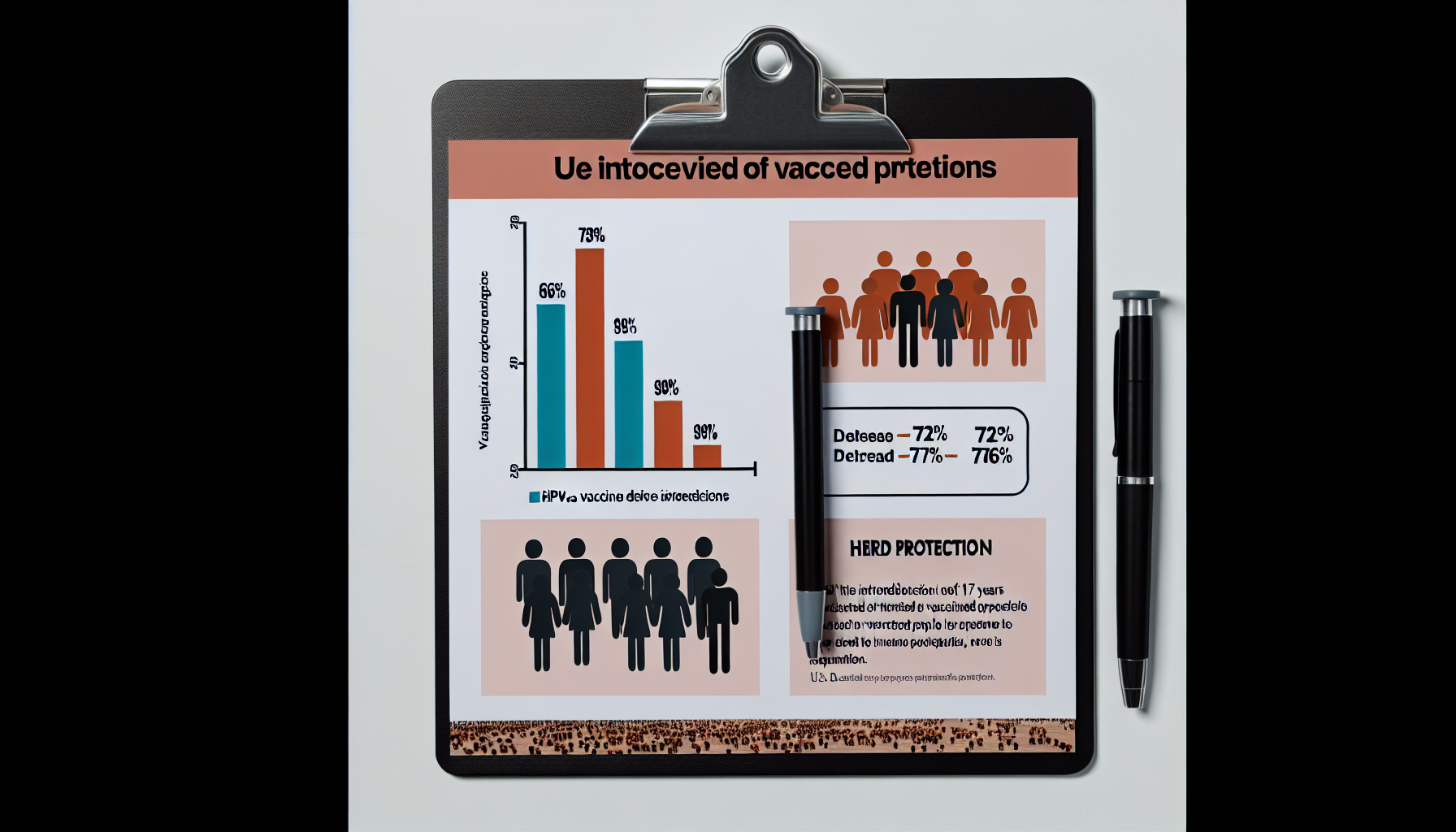August layoffs accelerated across the U.S., signaling a cooler labor market as companies adjust to slower demand and lingering cost pressures. Challenger, Gray & Christmas reported 85,979 announced job cuts in August, up 39% from July and 13% from August 2024 — the highest August since 2020 — pushing 2025 year-to-date cuts to 892,362 [1].
Key Takeaways
– shows August layoffs jumped 39% from July to 85,979, the highest August since 2020 and 13% above the same month last year. – reveals year-to-date job cuts climbed to 892,362, underscoring restructuring pressure as store closures and bankruptcies compound industry-specific and macroeconomic headwinds. – demonstrates private payrolls rose just 54,000 in August, while economists expect 75,000 nonfarm payrolls and 4.3% unemployment, signaling softer labor demand. – indicates initial jobless claims holding near 237,000 alongside rising August layoffs, raising odds of eventual Federal Reserve policy adjustments to support employment. – suggests regional stress points, with Ohio reporting 39,491 cuts year-to-date and weak August hiring plans threatening thinner retail staffing during the holiday season.
What August layoffs reveal about 2025 labor momentum
After a midyear lull, the pace of August layoffs suggests employers are acting preemptively. Management teams are recalibrating headcount as borrowing costs remain elevated, input prices normalize unevenly, and demand shifts from goods to services. The 39% month-over-month jump, paired with a 13% year-over-year increase, points to broader caution rather than a single-industry shock.
Forward-looking hiring indicators also softened. Private payrolls grew just 54,000 in August, and economists ahead of Friday’s report expected roughly 75,000 nonfarm payrolls with the jobless rate edging up toward 4.3%, amplifying market concern about a cooling labor market and the Federal Reserve’s policy path [2].
Taken together, rising announced cuts and slower hiring signal a slower churn: fewer open roles, longer time-to-fill, and tighter internal hiring budgets. While layoffs remain far below pandemic peaks, the direction of travel is unfavorable for workers entering the fall recruiting season, when seasonal jobs typically absorb some displaced workers.
August layoffs by industry and catalysts
Industry composition matters. August layoffs were concentrated in white‑collar and consumer‑facing areas, with pharma and finance leading the tally in the latest Challenger report. Executives cited portfolio pruning, post‑deal integration, and pipeline reprioritization in life sciences, while banks and fintechs continued cost controls as net interest margins and deal volumes fluctuate.
Retail and consumer services appeared in the crosshairs as companies closed underperforming stores, consolidated distribution footprints, or exited markets. That activity, alongside a steady trickle of bankruptcies, can produce large, discrete announcements that cluster in late summer as leadership teams reset strategies for the fourth quarter and the upcoming fiscal year.
Beyond sector stories, the mechanics of reductions matter. Voluntary severance programs, role eliminations through automation, and localized site closures all contribute to the 85,979 headline, but they carry different macro signals. Cuts tied to one‑time closures are less ominous for aggregate demand than widespread reductions across core operating teams with customer‑facing responsibilities.
Geographic signals and state-level snapshots of August layoffs
The national total masks regional concentration. Midwestern and industrial corridors have seen outsized disruption as manufacturers, logistics hubs, and corporate back offices align capacity with orders. Where cuts are concentrated, local housing, small business receipts, and tax revenues feel the hit faster than national aggregates, intensifying the feedback loop into local hiring.
Ohio illustrates the dynamics. The state’s year‑to‑date total reached 39,491 announced cuts, the largest in the Midwest, and Challenger’s report highlighted low August hiring plans that could foreshadow thinner holiday retail staffing if demand softens further [4].
Geographic clustering also complicates reemployment. Workers released from a single large employer in smaller metros have fewer nearby alternatives, raising commute and relocation burdens. In contrast, layoffs dispersed across larger labor markets can be absorbed more easily, provided job openings remain available and skills match local demand.
Claims, hiring, and the policy outlook after August layoffs
High‑frequency indicators hint at cooling without collapse. Initial jobless claims held near 237,000 last week, and alongside rising August layoffs, analysts said the labor market is losing momentum, increasing odds of eventual Federal Reserve adjustments as inflation concerns persist [3].
For policymakers, the signal is nuanced. A slower jobs engine can help temper wage growth and inflation, but it risks denting household income and confidence. The Fed will parse not just headline payrolls, but also participation, average hourly earnings, and hours worked to judge whether the slowdown is orderly or tipping toward slack.
Businesses are also reading the same tape. Hiring managers facing budget reviews into the fourth quarter often freeze noncritical requisitions first, stretch internal rotations, and curb contractor renewals. If revenue visibility improves, these curbs can be reversed quickly; if not, temporary freezes harden into permanent cuts.
Market and household implications as August layoffs rise
Wall Street is increasingly sensitive to labor signals. Barron’s noted that fewer job openings than unemployed workers, combined with softer hiring and surging August layoffs, could weigh on consumer spending and earnings, leaving market gains more dependent on megacap tech leadership from Nvidia and Microsoft [5].
Household behavior often changes before headline joblessness rises materially. Workers sensing instability defer big‑ticket purchases, shift toward value and private‑label goods, and build precautionary savings. That caution feeds back into companies exposed to discretionary categories, pressuring margins if discounts must rise to move inventory amid slower traffic.
For employers, the calculus is to protect cash while preserving future capacity. Leaders are leaning on attrition, redeployments, and targeted reductions rather than sweeping cuts. The approach keeps optionality if demand rebounds, but it prolongs uncertainty for teams juggling heavier workloads as hiring backfills are delayed.
Sources: [1] Challenger, Gray & Christmas – Pharma and Finance Lead as August 2025 Job Cuts Rise 39% to 85,979: www.challengergray.com/blog/pharma-and-finance-lead-as-august-2025-job-cuts-rise-39-to-85979/” target=”_blank” rel=”nofollow noopener noreferrer”>https://www.challengergray.com/blog/pharma-and-finance-lead-as-august-2025-job-cuts-rise-39-to-85979/ [2] Reuters – US private payrolls miss expectations in August: www.reuters.com/business/us-private-payrolls-miss-expectations-august-2025-09-04/” target=”_blank” rel=”nofollow noopener noreferrer”>https://www.reuters.com/business/us-private-payrolls-miss-expectations-august-2025-09-04/ [3] The Guardian – US hiring slows as jobs market loses momentum; UK construction in longest slump since 2020 – as it happened: www.theguardian.com/business/live/2025/sep/04/global-bond-sell-off-eases-us-jobs-report-japan-debt-auction-car-sales-uk-construction-business-live-news-updates” target=”_blank” rel=”nofollow noopener noreferrer”>https://www.theguardian.com/business/live/2025/sep/04/global-bond-sell-off-eases-us-jobs-report-japan-debt-auction-car-sales-uk-construction-business-live-news-updates [4] Spectrum News – ‘It may be a troubling sign’: Report highlights job cuts nationally and in Ohio: https://spectrumnews1.com/oh/columbus/news/2025/09/04/report-highlights-job-cuts-nationally-and-in-ohio [5] Barron’s – Nvidia and Microsoft Will Need to Drive Stocks’ Rally as Job Market Stumbles: www.barrons.com/articles/n” target=”_blank” rel=”nofollow noopener noreferrer”>https://www.barrons.com/articles/n
Image generated by DALL-E 3










Leave a Reply